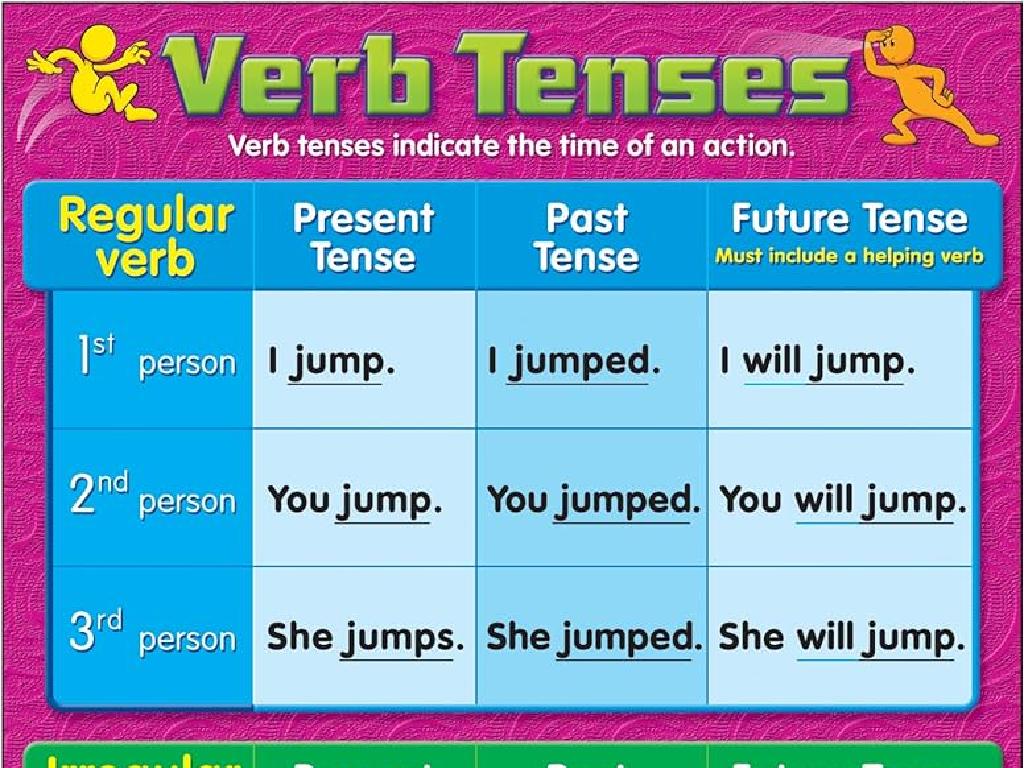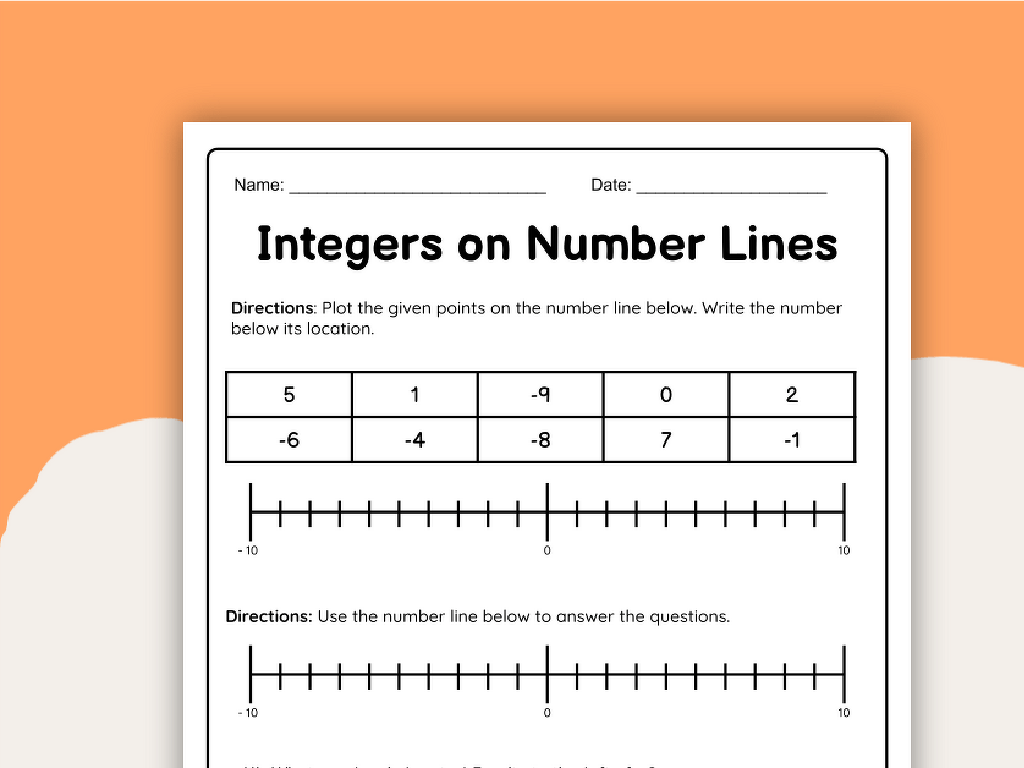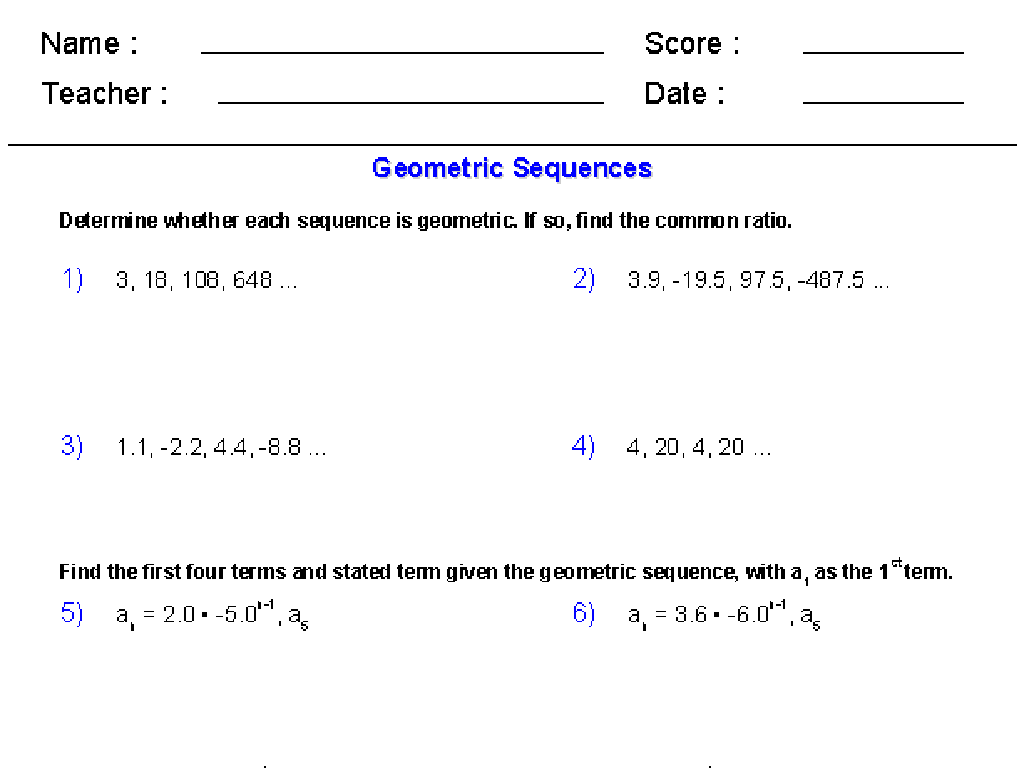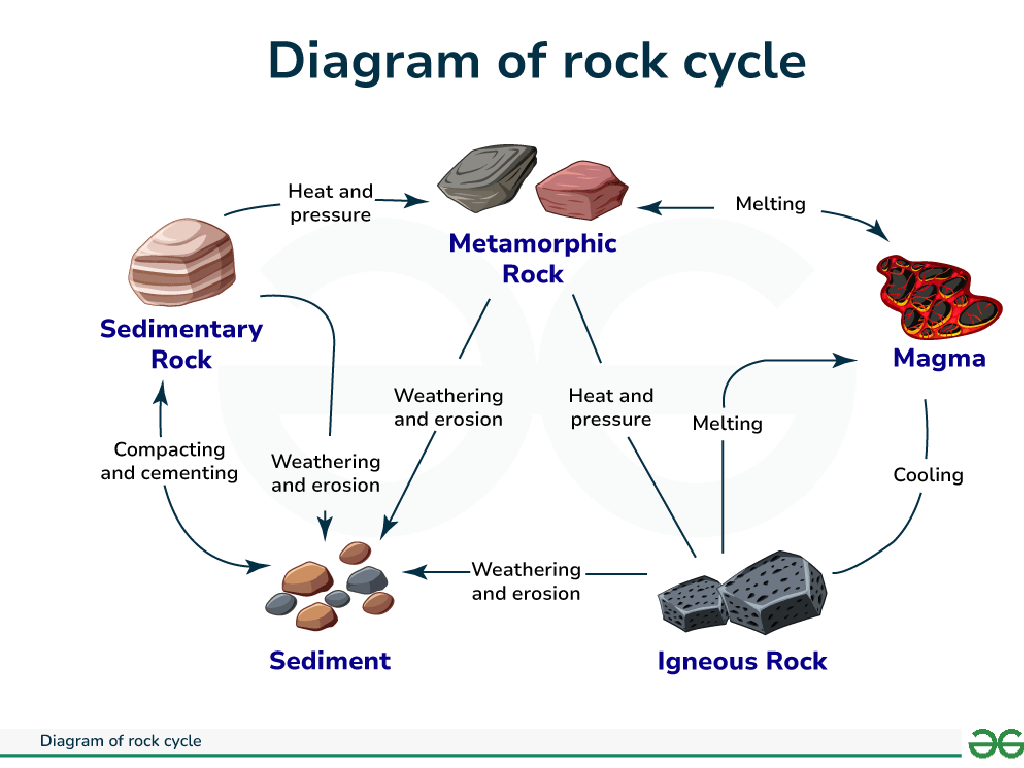Cities Of The Midwest
Subject: Social studies
Grade: Fourth grade
Topic: Cities
Please LOG IN to download the presentation. Access is available to registered users only.
View More Content
Exploring Cities of the Midwest
– Discover the Midwest region
– A vast area known for agriculture, industry, and culture
– Learn what defines a city
– A large, populated area with its own government and services
– Explore Midwest’s major cities
– Preview of today’s lesson
– We’ll take a closer look at cities like Chicago, Detroit, and more
|
Begin with a brief introduction to the Midwest, highlighting its geographical location and significance in the United States. Discuss the characteristics that make a place a city, such as population size, governance, and infrastructure. Use this opportunity to engage students with visuals of Midwest cities and maps. The lesson will focus on exploring the unique features and importance of cities within the Midwest, such as Chicago and Detroit, and how they contribute to the region’s identity. Encourage students to think about what they already know about these cities and what they are curious to learn.
Exploring the Midwest Region
– Where is the Midwest located?
– It’s in the central part of the U.S., known for its plains and Great Lakes.
– States in the Midwest
– Includes states like Illinois, Ohio, and Michigan among others.
– Unique Midwest features
– Known for agriculture, industry, and being the ‘Heartland of America’.
– Why the Midwest is special
– It has a rich history and culture, from music to sports.
|
This slide introduces students to the Midwest, a region in the United States known for its diverse geography, which includes vast plains and the Great Lakes. Highlight the states that make up the Midwest, such as Illinois, Indiana, Iowa, Kansas, Michigan, Minnesota, Missouri, Nebraska, North Dakota, Ohio, South Dakota, and Wisconsin. Discuss the unique features of the Midwest, including its role as a major agricultural and industrial hub, and its cultural significance as the ‘Heartland of America.’ Encourage students to think about what makes the Midwest different from other regions they’ve learned about, and why it’s an important part of the country’s identity.
Exploring Major Cities of the Midwest
– Discover Chicago, Detroit, Minneapolis
– Known for architecture, culture, and history
– Each city’s brief history
– Learn how they grew from trading posts to bustling metropolises
– Cities’ roles in Midwest economy
– Key hubs for manufacturing, agriculture, and business
– Importance to the U.S. as a whole
– Major contributors to American culture and economic strength
|
This slide introduces students to the major cities of the Midwest, focusing on Chicago, Detroit, and Minneapolis. Each city has a unique history, starting as small trading posts and growing into large, influential urban centers. Chicago is renowned for its architectural landmarks and cultural contributions. Detroit is known as the heart of the American automotive industry. Minneapolis, along with its twin city, St. Paul, forms a key cultural and economic center. These cities play a significant role in the Midwest’s economy through various industries, including manufacturing, agriculture, and finance. They are also important to the economy of the United States as a whole. Encourage students to think about how these cities might connect to their own lives and the broader American experience.
Life in Midwest Cities
– Daily life in Midwest cities
– Schools and parks for children
– Kids enjoy various sports, arts, and nature programs
– Community events
– Festivals, parades, and farmers’ markets are common
– Rich local culture
– Traditions include music, food, and historical celebrations
|
This slide aims to give students a glimpse into what everyday life is like for people living in cities in the Midwest. Discuss the role of schools as centers for learning and socializing, and parks as places for play and community gatherings. Highlight the types of activities available for kids, such as sports leagues, art classes, and nature exploration programs. Explain how community events like festivals, parades, and farmers’ markets help bring people together and foster a sense of community. Lastly, delve into the rich local culture of Midwest cities, which can include unique music styles, local cuisine, and celebrations of the area’s history and heritage. Encourage students to compare and contrast these aspects with their own experiences in their communities.
Economy and Industry in Midwest Cities
– Types of jobs in Midwest cities
– Jobs range from farming to factory work to tech.
– Agriculture’s role in the Midwest
– Farming is huge; think corn, soybeans, and dairy!
– Manufacturing’s impact on the region
– Cars, machinery, and food products are made here.
– How industries define the Midwest
– These jobs and products make the Midwest special.
|
This slide aims to educate fourth-grade students on the diverse economy of the Midwest, highlighting the variety of jobs available in the region. Emphasize the importance of agriculture, with the Midwest being known as the ‘breadbasket’ due to its extensive production of crops and dairy. Manufacturing also plays a crucial role, with the region historically being a hub for automotive and machinery production. Discuss how these industries not only provide jobs but also shape the culture and identity of the Midwest. Encourage students to think about how the local economy affects their own lives and community.
Landmarks and Attractions in Midwest Cities
– Famous Midwest landmarks
– Gateway Arch, Willis Tower, and more
– Cultural & historical spots
– Museums, theaters, and historical sites
– Significance to city identity
– They reflect the city’s history and values
|
This slide aims to introduce students to the iconic landmarks and cultural attractions that define the Midwest’s cities. Discuss famous landmarks like the Gateway Arch in St. Louis and the Willis Tower in Chicago, and explain their significance. Explore cultural and historical attractions such as museums and theaters, and discuss how these places contribute to the city’s unique identity. Emphasize the importance of these sites in representing the history, achievements, and values of the city and its people. Encourage students to think about what landmarks they consider important in their own city or town and why.
Challenges in Midwest Cities
– Harsh weather impacts
– Extreme cold, tornadoes affect daily life and infrastructure
– Economic diversification efforts
– Cities invest in tech, education to create jobs beyond agriculture and manufacturing
– Urban development strategies
– Revitalizing downtown areas, improving public transportation
– Community involvement significance
– Local groups help with policy-making, volunteer in revitalization
|
This slide addresses the various challenges that Midwest cities face, including extreme weather conditions like harsh winters and tornadoes, which can disrupt daily life and damage infrastructure. Economic challenges are also significant, as these cities often need to diversify their economies to reduce reliance on traditional industries like agriculture and manufacturing. Urban development is another area of focus, with efforts to revitalize downtown areas and improve public transportation. Lastly, the role of community involvement is crucial, as local groups and citizens participate in policy-making and volunteer efforts to help overcome these challenges. Encourage students to think about how these issues might affect them and the importance of being involved in their community.
Class Activity: Build Your Own Midwest City!
– Split into small groups
– Create a paper model city
– Use craft materials to build your city on paper
– Incorporate landmarks and industries
– Think of famous Midwest landmarks and businesses
– Add residential areas to your city
– Where do people live? Show homes and neighborhoods
|
This hands-on activity is designed to reinforce the day’s lesson on the Cities of the Midwest. By dividing the class into small groups, students can collaborate to create a model city that includes the key features we’ve discussed: landmarks, industries, and residential areas. Provide a variety of craft materials such as colored paper, glue, scissors, and markers. Encourage creativity and ensure each group has a clear understanding of the task. As they work, circulate to offer guidance and ask questions that prompt deeper thinking about the function and layout of cities. Possible variations of the activity could include focusing on a specific city, incorporating geographical features, or adding transportation systems. After the activity, each group can present their city to the class, explaining their design choices and how they represent the characteristics of Midwestern cities.
Wrapping Up: Midwest Cities
– Recap of Midwest cities
– We revisited major cities like Chicago and Detroit.
– Key learnings about the cities
– Discussed landmarks, culture, and economy.
– What makes Midwest cities unique
– Learned about the Great Lakes and flat farmlands.
– Looking ahead: Midwest Geography
|
As we conclude today’s lesson, remind the students of the key points we’ve covered about the cities in the Midwest, including their history, culture, and economic importance. Highlight the unique characteristics that make cities like Chicago and Detroit stand out, such as their location near the Great Lakes and their role in America’s industrial history. Reinforce the concept that the Midwest is not just farmland but also home to bustling cities with rich cultural heritages. Next class, we’ll explore the geography of the Midwest, including its physical landscape, climate, and natural resources, which shape the life and culture of the region.






